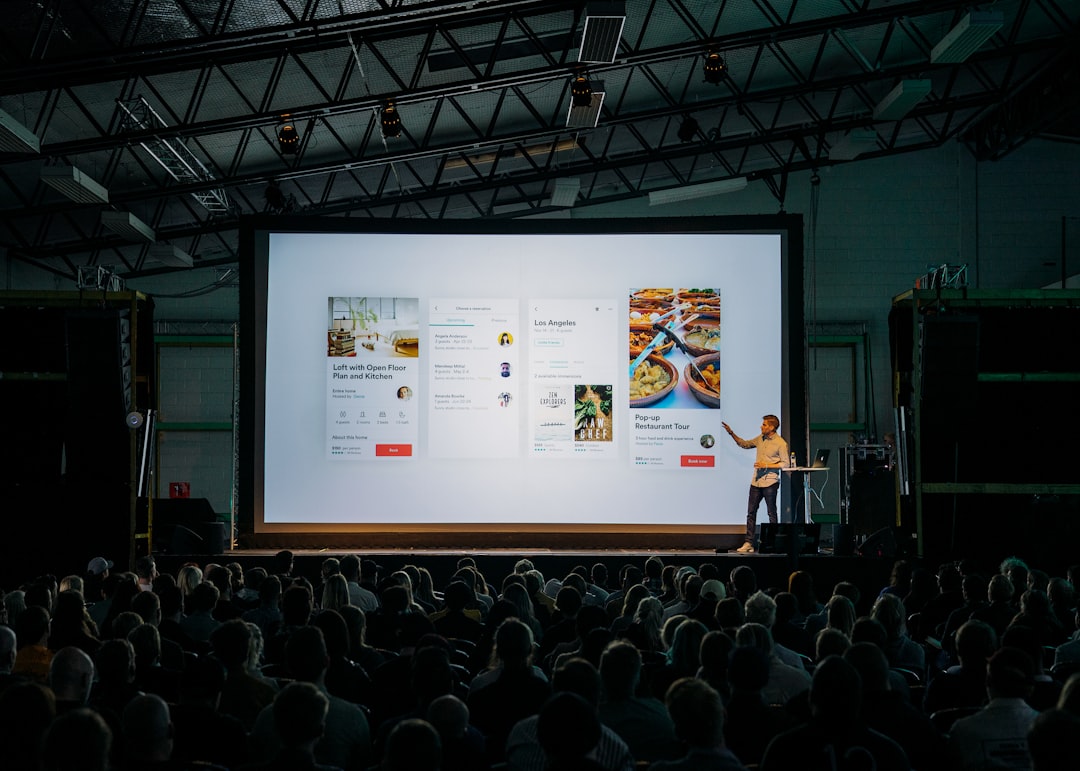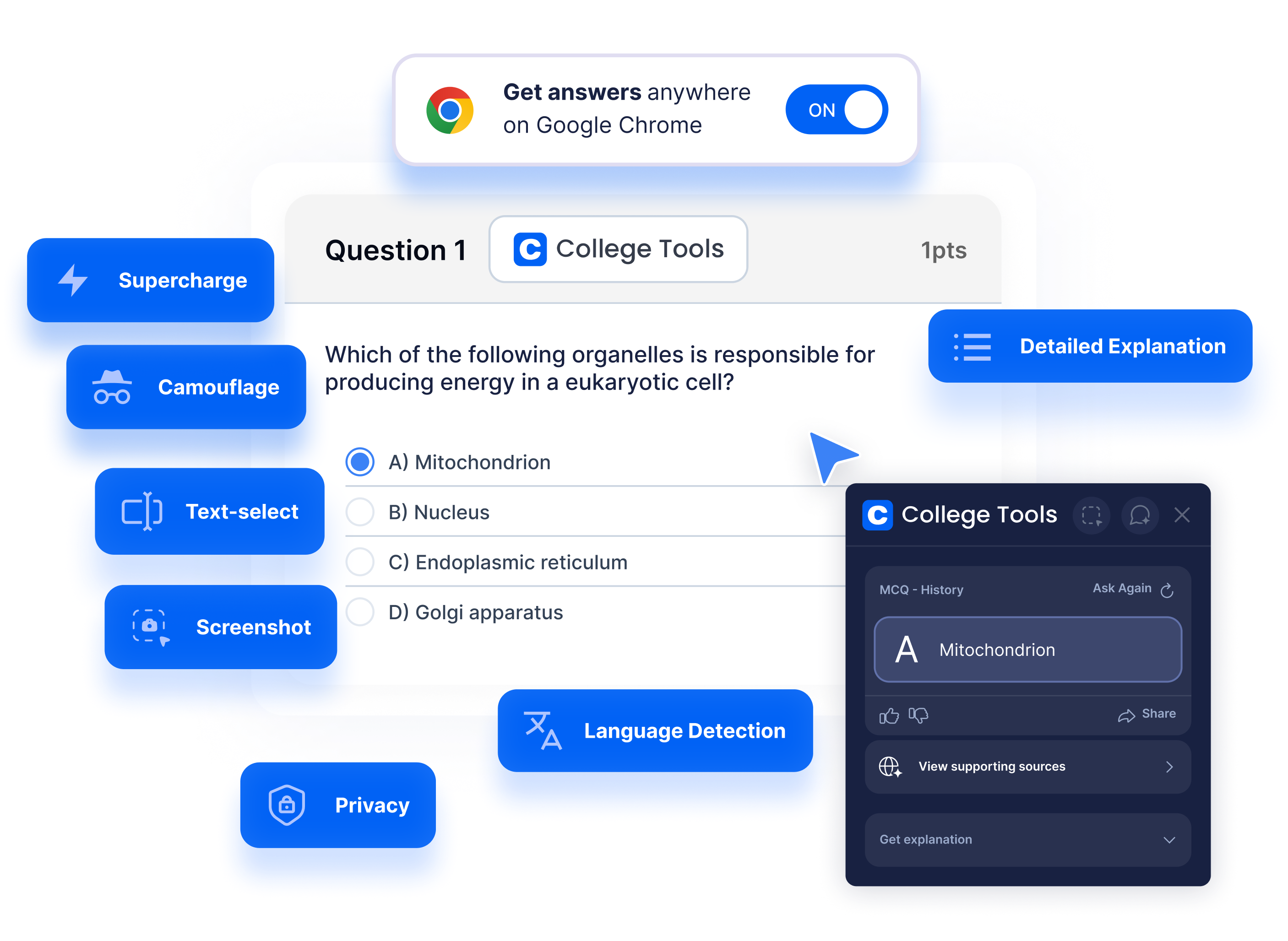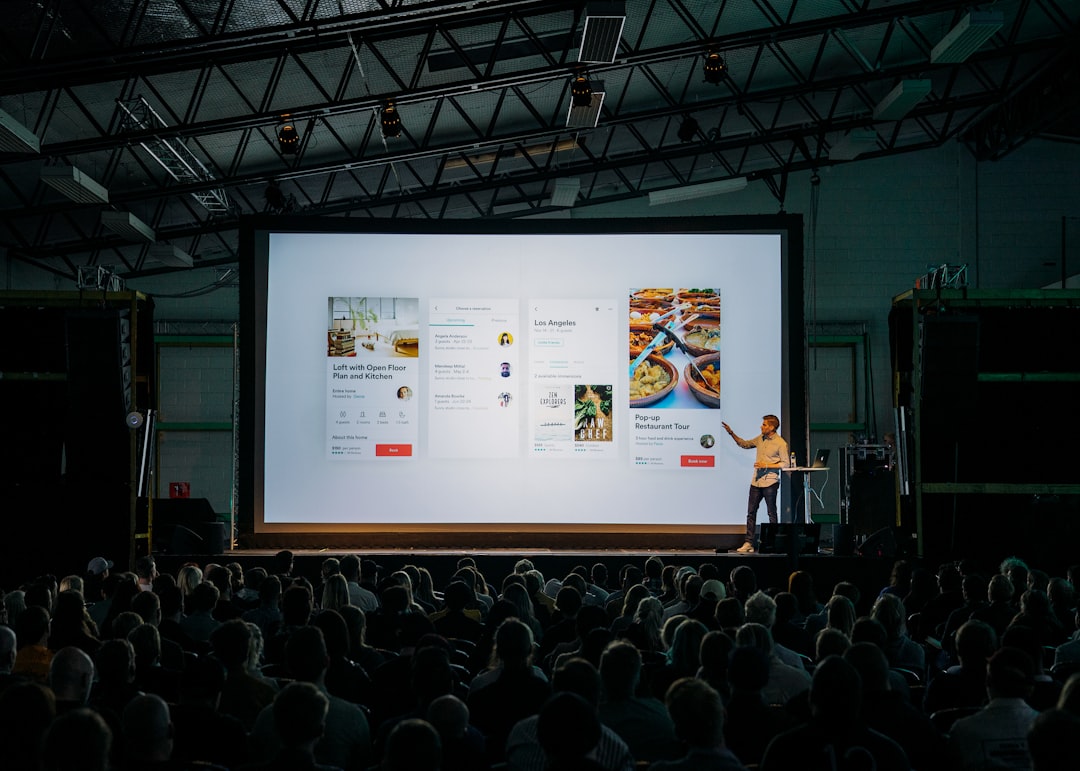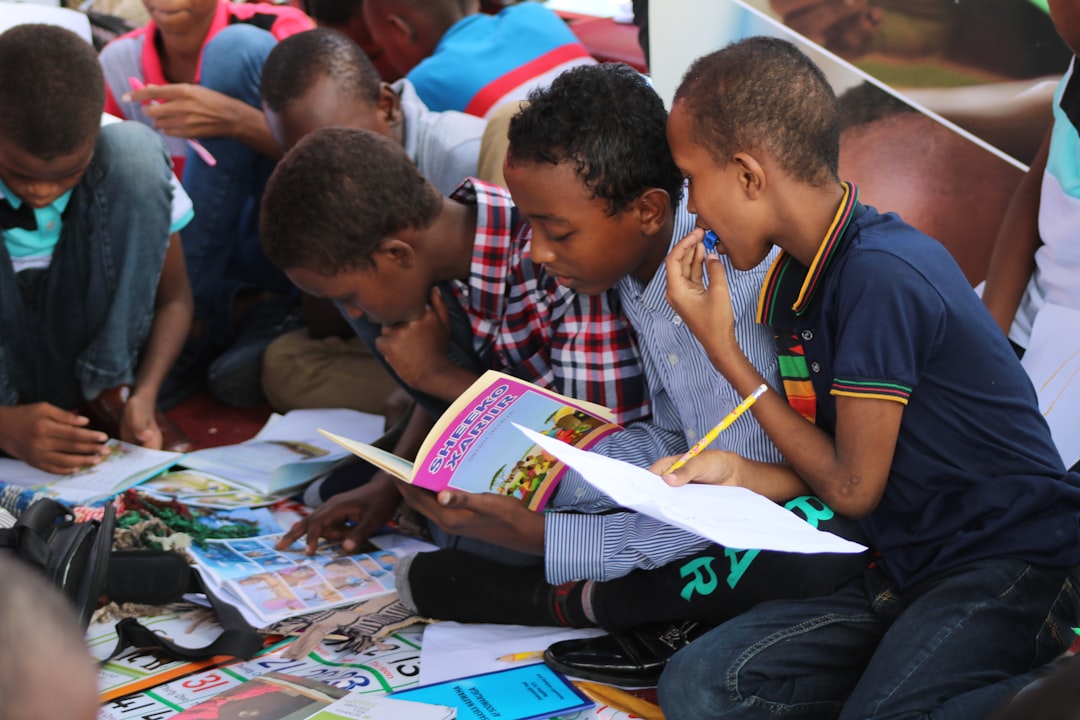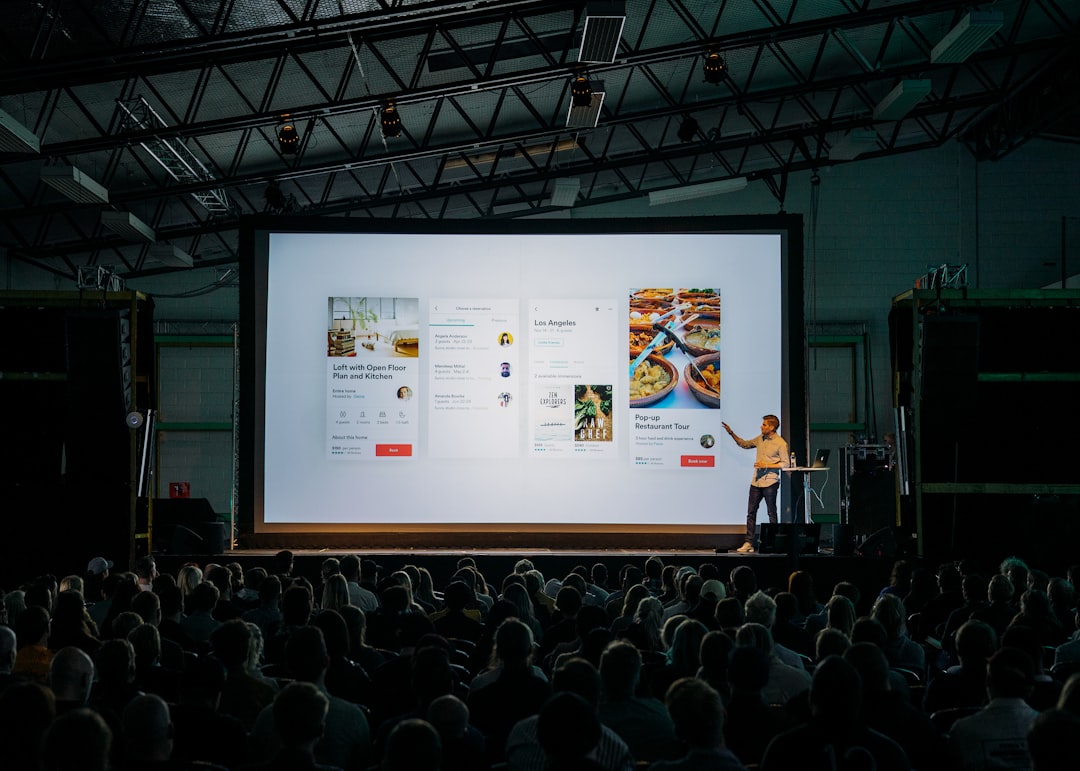There is a world filled with wonders and mysteries waiting to be untangler; a world where all the phenomena that happen around us - from the simplest dust particle movement, to the grand celestial movements in the universe - all have reasons and explanations underneath. Its the enchanting world of the Natural Sciences. The very study that reveals the logic behind everything that we witness in our daily lives.
While the natural sciences themselves are an enlightening study, their understanding and comprehension is often deemed challenging due to the presentation of its myriad concepts, theories and principles. No wonder then that students often dread the rigors of natural science classes!
However, in such critical situations, it's not the content that needs altering, but rather its mode of delivery. And therein lays the magic of Presentation Hacks. These are tactics and strategies that alter the delivery form of information making it easy to understand and retain, without changing its core substance. Presentation hacks, offer a perspective shift, enabling students to master even the hardest of concepts with ease. In today's digital age, such hacks are reinforced by AI-powered learning tools, supporting students in grasping and excelling in the natural sciences.
So, how exactly can we unlock the mysteries of the natural sciences through presentation hacks? Let's delve right into it:
Concepts Through Stories
Storytelling is one of the most powerful tools in education. Humans are wired to relate to stories, we remember them better and they make learning enjoyable. Telling the story about a concept – giving it a context – helps in understanding and remembering it. For example, talking about energy conservation through the tale of a bouncing ball or explaining cells functions like a city working system will enhance the ease of understanding.
Visual Elements
Visual elements play a pivotal role in making a lasting impression. Diagrams, flowcharts, infographics, animations, and simulations can significantly increase comprehensibility. Be it understanding the water cycle or the food chain, visuals make it easier and quicker, providing concrete imagery for abstract concepts!
Manipulatives
Depicting complex concepts and processes using real-life things and actions. Taking cues from art, physical theatre, or just everyday life, manipulatives can generate tangible links with abstract scientific principles.
Prelecture Introductions
A great way to set the stage for any topic is a prelecture introduction. It could be a video, animation, podcast, an interesting question, or an unexpected fact about the topic. It prepares students’ minds for the topic and stirs their curiosity.
Expeditions and Field Trips
There is no better way to learn about the natural sciences than experiencing it. Be it botanic gardens, geological parks, or labs, firsthand experience solidifies theoretical understanding. Digital simulations and VR technology offer virtual field trips too!
Active Learning Activities
Active learning strategies like quizzes, thought provoking questions, think-pair-share activities, and classroom debates promote cognitive engagement and thereby richer understanding.
All these presentation hacks can serve as powerful channels for communicating the wonders of natural sciences, especially when aided by the advanced learning technologies of today's world. AI-powered tools, with their smart capabilities, have the potential to deliver personalized learning experiences, adapting to the unique learning styles and paces of every student.
Take for instance the concept of geology often considered dense and difficult by many students. With a good narrative, we could depict geology as the life-story of Earth, depicting its formation, evolution, structure, and processes. To this, add visual representations like diagrams, animations, and simulations, and students start to 'see' what geology means. Have them play with some minerals and rocks, and they get the 'feel' of geology. A documentary about Earth's history, a virtual tour of the Grand Canyon, or a lab experience of identifying minerals, and their curiosity is stirred. Throw in some quizzes or assignments, and their understanding becomes profound!
These AI tools are not just about presentation hacks. They are about personalized learning, improved flexibility, wider accessibility, collaborative learning environments and much more. Nurturing an intelligent ecosystem that keeps learners at its heart.
